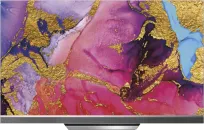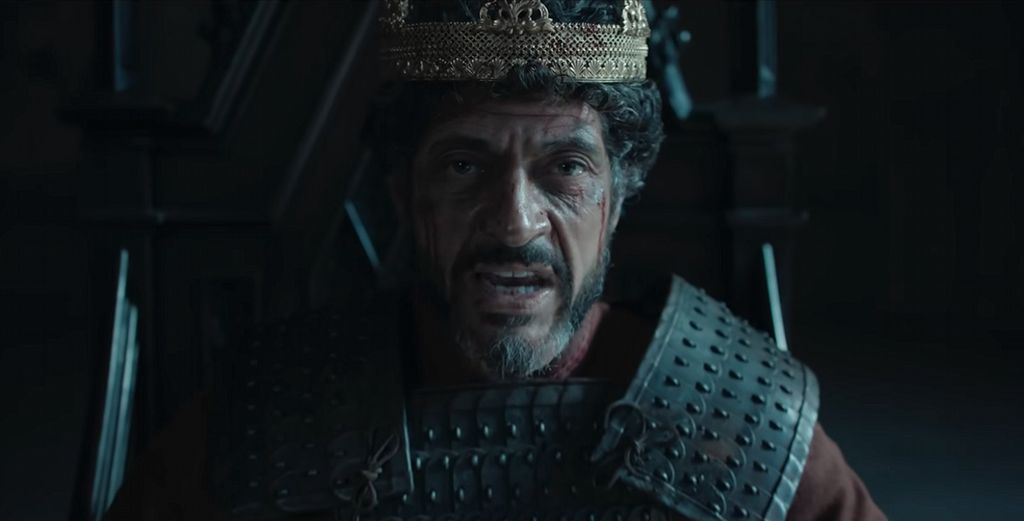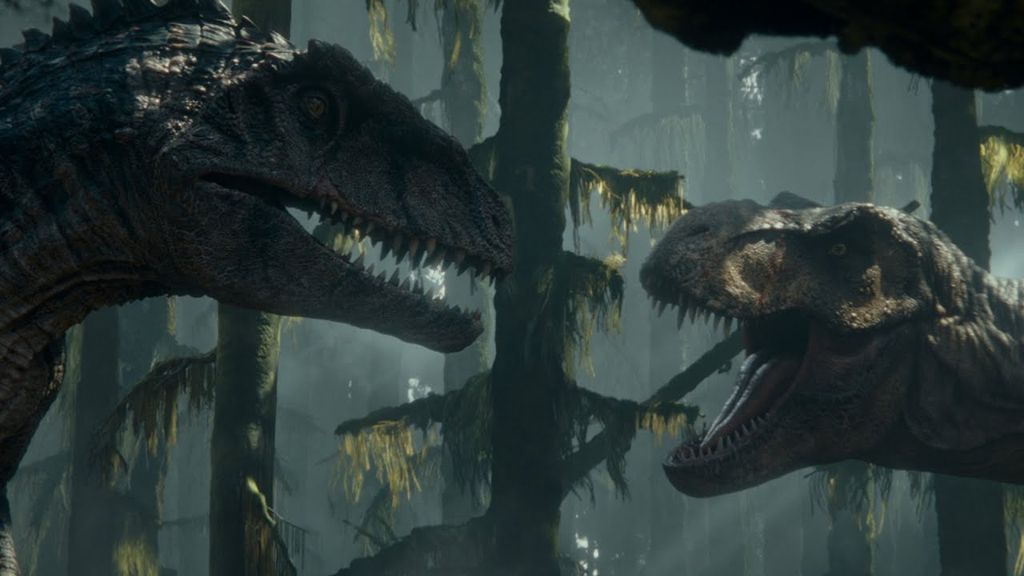
Kevin Williamson – the guy who gave us Scream and The Vampire Diaries – returns after years with the most personal and dark series of his career. This time it’s not about high school dramas or teen horror. The Waterfront pulls us into the world of a smuggling family of fishermen from the southern USA, where every decision is a fight for survival, and morality sinks faster than a boat with contraband. Sounds like a new Ozark? Definitely. But here everything happens… really close to the life of the creator himself.
It pulls you in like Yellowstone, hurts like Breaking Bad, and the atmosphere? Sticky, humid, and thick like the southern air of North Carolina. Netflix has something again that could turn the rankings of series upside down.





Plot and Cast
The Buckleys are a family of fishermen from the coastal town of Havenport (filmed in Wilmington and Southport, NC). When their business fails, they decide to turn to drug smuggling. In the main roles:
Holt McCallany – tough patriarch Harlan, playing a Southern fisherman on the verge of bankruptcy
Maria Bello as Belle – his composed but struggling wife.
Melissa Benoist – their daughter Bree, who has pulled herself together after addiction.
Jake Weary – son Cane, torn between family and obligations.
Topher Grace – charismatic and unpredictable smuggler Grady, created specifically for the actor
The rest of the cast: Rafael Silva, Danielle Campbell, and Brady Hepner, as well as guest appearances – including Topher Grace and characters from The Vampire Diaries.
Behind the Scenes of The Waterfront – What It All Looks Like from a Technical Perspective?
Shooting for The Waterfront began in the summer of 2024 and continued into late autumn, taking place mainly in picturesque locations in North Carolina – in Wilmington and Southport. These are not random places: Kevin Williamson knows this area inside out, and its raw, seaside aesthetic matches perfectly with the story of a declining fishing empire. Filming took place in authentic settings – on wooden piers, in old cottages by the bay, in atmospheric restaurants where you can feel the salt in the air and nostalgia in the atmosphere.
The musical score is created by John Frizzell – known for his work on Alien: Resurrection and The Following. This time, he crafted a soundtrack that is unobtrusive but beautifully conveys the oppressive atmosphere of the coastal towns and the internal tensions between the characters. There’s a bit of Southern blues, some unease, and a lot of emotional space.
When it comes to the image itself – The Waterfront aims for realism but does not give up on cinematic flair. The frames are wide, often based on natural light – plenty of golden hours, long shadows, and misty mornings over the water. Critics from Vulture described the editing as “sharp but not overdone,” and the color palette as “warm, organic, and wonderfully capturing the spirit of this tale.”
The end result? The series looks more like an independent film than a typical television production. And while there are no Hollywood-style special effects here, The Waterfront stands out with its atmosphere, authenticity, and a superb eye behind the camera.
Viewership and Reception
Official Netflix data has not yet appeared, but the series immediately took a place in the top 10 in various countries. On Rotten Tomatoes, it has 60% from critics and ranks 60th among series. Reviewers praise the great atmosphere and acting, although they sometimes criticize the lack of narrative coherence.
The Waterfront is an adult version of Dawson’s Creek – without the pastel sentimentality, but with moral dilemmas, crime, and the values of the southern coast of the USA. Williamson returns to his roots, telling his own story – intense, dark, and rooted in authentic memories. It's worth watching if you appreciate: a strong family tale, the atmosphere of the southern United States, and the visible sadness of the fading fishing tradition.
 Katarzyna Petru
Katarzyna Petru













